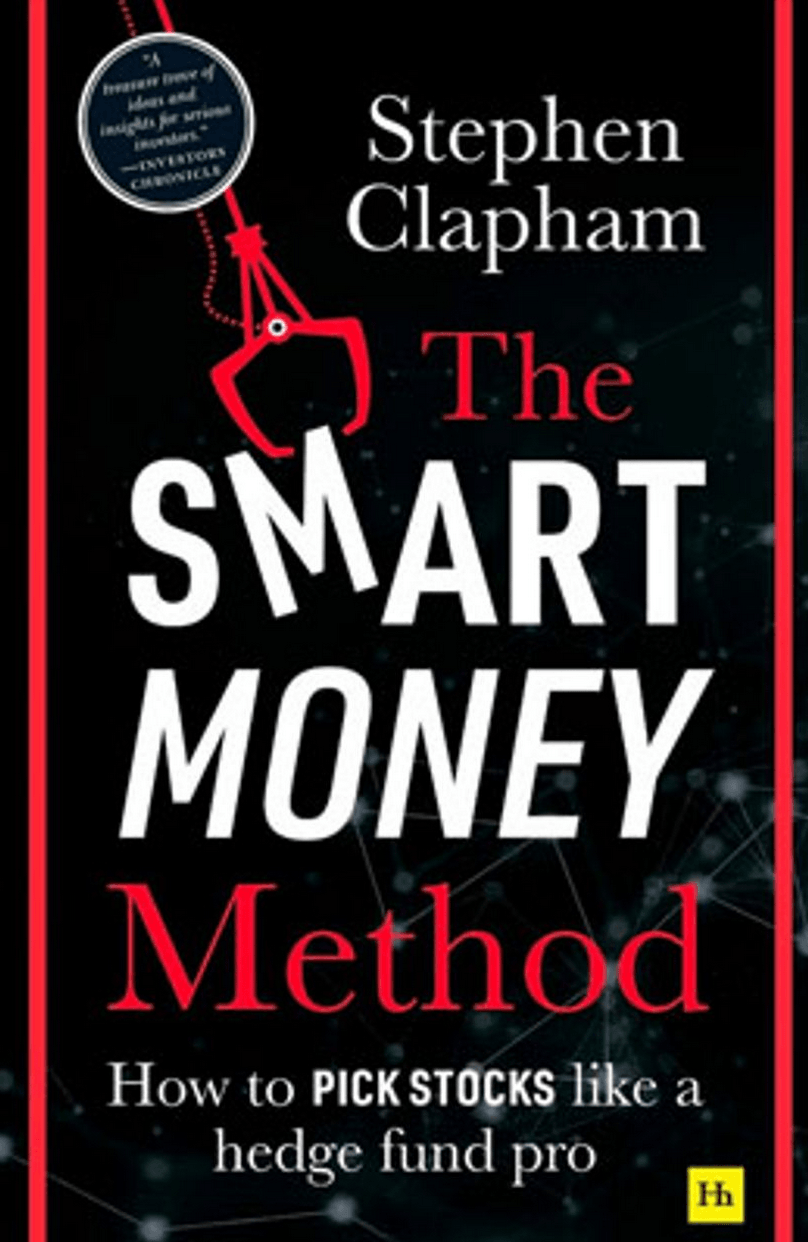
In my professional career as an equity analyst at hedge funds, I looked for stocks which I believe either:
i). would appreciate by 50% or more over an 18-30 month period, or
ii). had 20% or more absolute downside in a prevailing bull market.
page 5
I also realized and became aware of this aspect after spending some time in the market. The upward movement of a stock doesn't happen in a single day. Large funds are unlikely to push a particular stock higher within just a couple of days and then immediately cash out (except for certain retail-dominated markets like A-shares). Therefore, when trading stocks, it's crucial to have the discipline to hold onto positions for a certain period of time.
Reflecting on my trading experience in 2020, the most profound lesson that the market taught me is: patience. Patiently waiting for a trend to develop is crucial. However, when the trend turns unfavorable, it's essential to be willing to exit.
Investment geniuses are rare. They are usually managing money, not writing blogs, although there are a few that produce thought-provoking content and occasionally helpful data.
page 18
John Hempton: brontecapital.blogspot.com
Ben Carlson: awealthofcommonsense.com
Jesse Felder: thefelderreport.com/blog
Bay Family: https://blog.wenxuecity.com/myoverview/23244/
Ed Yardeni: http://blog.yardeni.com/
Herbert Wertheim: https://en.wikipedia.org/wiki/Herbert_Wertheim
Phil Huber, a well-known US wealth manager and blogger, believes that there are three edges in markets: informational, analytical, and time horizon. He suggests that the first two are near impossible for most investors and that private investors in particular should focus on the third. Professional investors tend to be short-term in horizon, which gives the longer-term investor an advantage.
page 40
Information, analysis, and timing are three crucial edges in trading. Information refers to insider knowledge (which can also encompass gray information, not purely black). Analysis entails being able to see analyst reports ahead of others. Timing involves making reasonable inferences through integrating upstream and downstream industry dynamics. This inference occurs earlier than when the information becomes public.
There are a few reasons why I start with the industry.
i). One of the main influence on a stock's performance is the performance of its sector - understanding what drives market sentiment towards the sector is therefore critical.
ii). Pricing is a key driver of revenue, particularly profit margin. This is often a factor driven at a sector level and so sector history is significant.
iii). The supply-demand balance is critical to pricing and this is a sectoral factor.
iv). The competitive dynamics of the industry.
page 55